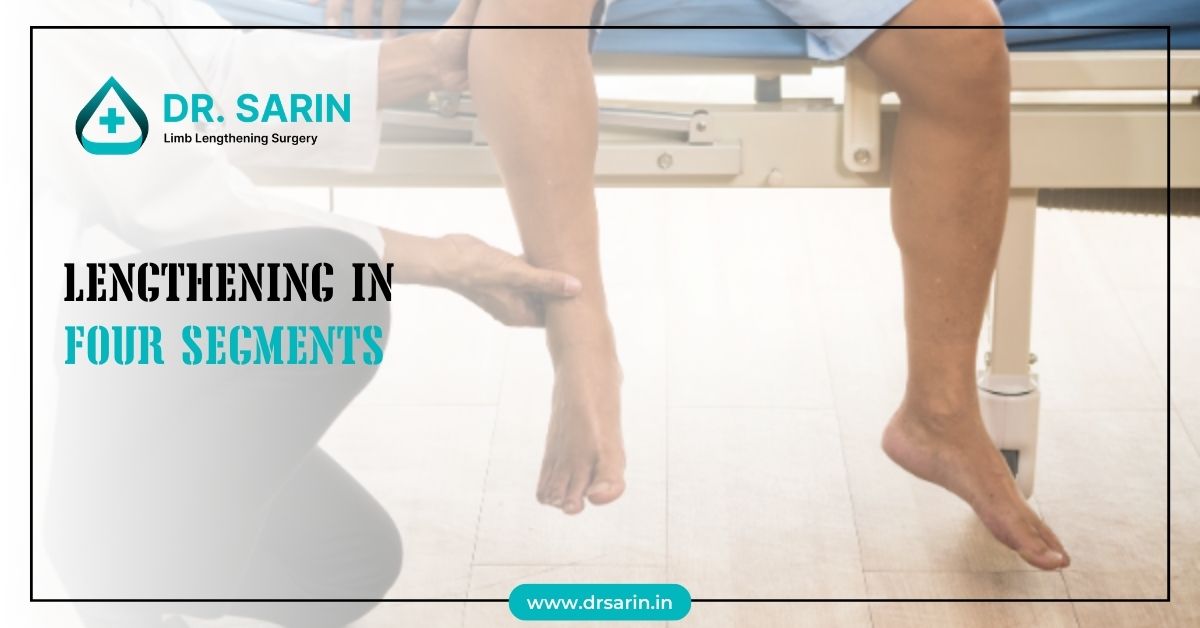Lengthening procedures are intricate orthopedic surgeries designed to address limb length discrepancies and deformities, enhancing function and improving the quality of life for patients. This comprehensive guide explores the various segments involved in lengthening procedures, from deformity correction to the consolidation phase.
Deformity Correction
Deformity correction is the initial stage of lengthening procedures, focusing on addressing any structural abnormalities or malformations in the affected limb. This may involve realigning bones, correcting angular deformities, or addressing congenital anomalies. Advanced imaging techniques, such as X-rays and MRI scans, are used to assess the extent of the deformity and guide surgical planning. During this segment, the orthopedic surgeon carefully evaluates the patient’s unique anatomy and develops a customized treatment plan to achieve optimal correction.
Humeral Lengthening
Humeral lengthening specifically targets the upper arm bone (humerus), addressing conditions such as congenital shortening, trauma-related defects, or acquired deformities. The lengthening process involves carefully controlled distraction of the bone using specialized external fixation devices or internal lengthening nails. By gradually elongating the humerus over a prescribed period, surgeons can achieve significant gains in limb length and restore symmetry to the upper extremity. Close monitoring and regular follow-up appointments are essential during the lengthening process to ensure proper bone healing and minimize complications.
Distraction Phase
The distraction phase is a critical component of lengthening procedures, during which controlled mechanical forces are applied to the bone to stimulate new bone formation and elongation. This phase typically begins several days after the initial surgical procedure and continues over several weeks or months, depending on the desired amount of lengthening. External fixation devices or internal lengthening nails are adjusted periodically to gradually separate the bone segments and promote the formation of new bone tissue. Patients may experience discomfort or pain during the distraction phase, which can be managed with appropriate pain management techniques and close supervision by the healthcare team.
Consolidation Phase
Once the desired lengthening is achieved, the consolidation phase begins, focusing on stabilizing the newly formed bone and promoting bone healing. During this phase, the distraction devices or lengthening nails are locked in place to prevent further movement of the bone segments. The patient is closely monitored for signs of bone healing, such as callus formation and radiographic evidence of bone union. Physical therapy and rehabilitation exercises may be initiated to restore strength and function to the affected limb. The consolidation phase is crucial for ensuring the long-term success of the lengthening procedure and minimizing the risk of complications, such as delayed union or non-union of the bone.
Conclusion
Lengthening procedures are complex orthopedic surgeries that involve multiple segments, from deformity correction to the consolidation phase. By addressing structural abnormalities and carefully controlling bone elongation, Limb Lengthening surgeons can achieve significant improvements in limb length and function for patients with congenital or acquired limb length discrepancies. Close collaboration between patients, orthopedic surgeons, and healthcare providers is essential throughout the lengthening process to optimize outcomes and ensure a successful recovery.
Also Read:
- The Science Behind Height Lengthening
- Preparing for a Successful Limb Lengthening Surgery and a Healthy Recovery
- Doctor says leg-lengthening surgery is increasingly popular among men who wish to be taller
- Benefits of Limb Lengthening Surgery by Dr Sarin
- How is leg lengthening different from arm lengthening?



